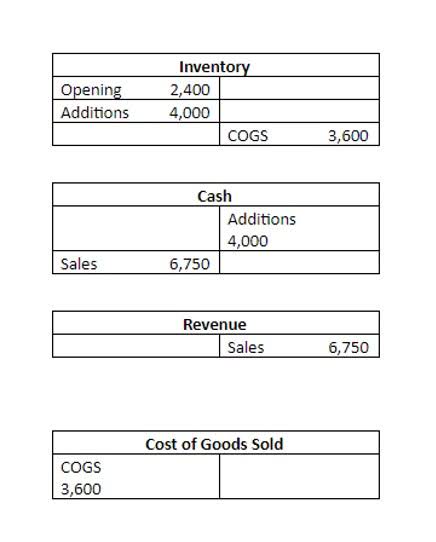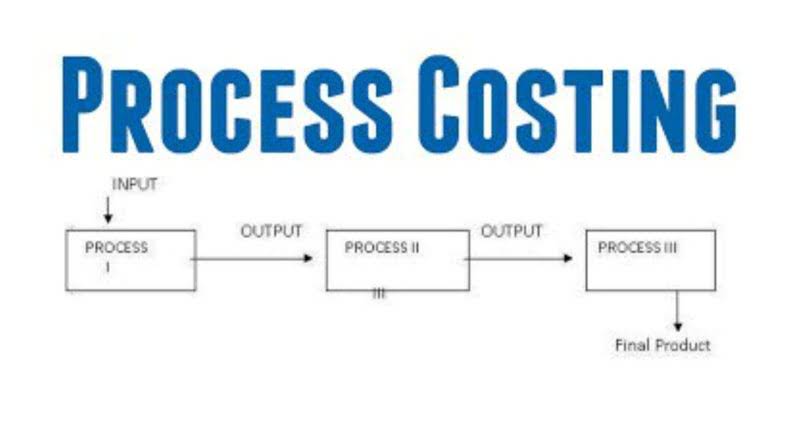
As you dive deeper into understanding this equation, you will see a clear picture depicting how business operations affect company finances down to expenses and revenue levels. Let’s illustrate the expanded accounting equation with an example. Let the expanded accounting equation be your guide in fraught moments like these.
Corporation
- This feature is particularly valuable for investors evaluating dividend policies or equity financing impacts.
- The expanded accounting equation is defined as assets being equal to liabilities plus the contributed capital, retained earnings at the beginning of the period, revenues, and less expenses and dividends.
- If a business has net loss for the period, this decreases retained earnings for the period.
- The 500 year-old accounting system where every transaction is recorded into at least two accounts.
- All of these transactions directly impact the viability of business over the long term, so the effect of transactions has a direct impact on the business.
Expenses are classified as operating or non-operating, affecting operating income calculations. Analyzing revenue streams and expense management helps evaluate profitability retained earnings balance sheet and operational effectiveness, guiding strategic decisions. Here is the expanded accounting equation for a sole proprietorship.

What is the Expanded Accounting Equation?

Cash activities are a large part ofany business, and the flow of cash in and out of the company isreported on the statement of cash flows. Under the accrual basis of accounting, this account reports the cost of the temporary help services that a company used during the period indicated on its income statement. This is a contra owner’s equity account, because it has a debit balance if draws were made. Even though it is a balance sheet account, it is a temporary account.
How Does the Accounting Equation Differ from the Working Capital Formula?
Assets refer to resources a business owns, such as cash, inventory, property, and investments. Accounts receivable also form a accounting equation expanded part of the assets, playing a critical role in business operations by providing liquidity. When the net realizable value of the inventory is less than the actual cost, it is crucial to adjust the inventory amount to reflect true financial standing. Owner draws could be quarterly distributions that an owner would take from their business. Corporations would be similar except for the stockholder’s equity portion of the equation.

- They reflect claims against a company’s assets and are divided into current (due within a year) and long-term liabilities.
- When dividends are issued, cash is disbursed to shareholders reducing assets while the dividends reduce equity.
- Treasury stock transactions and cancellations are recorded in retained earnings and paid-in-capital.
- The company willissue shares of common stock to represent stockholder ownership.You will learn more about common stock in Corporation Accounting.
- The equation layout can help shareholders to see more easily how they will be compensated.
The Accounts Payable Management key benefit of using the expanded accounting equation is the extra visibility it provides into how the various components of the equity section of the balance sheet change over time. This is useful for outside analysts, who base their stock recommendations on detailed analyses of this type. The equation is especially useful for reviews of changes in the equity accounts of a business. The systematic allocation of the cost of an asset from the balance sheet to Depreciation Expense on the income statement over the useful life of the asset. (The depreciation journal entry includes a debit to Depreciation Expense and a credit to Accumulated Depreciation, a contra asset account). The purpose is to allocate the cost to expense in order to comply with the matching principle.


The balance sheet is also referred to as the Statement of Financial Position. Although revenues cause stockholders’ equity to increase, the revenue transaction is not recorded directly into a stockholders’ equity account. Rather, the amount earned is recorded in the revenue account Service Revenues. At some point, the amount in the revenue accounts will be transferred to the retained earnings account.
